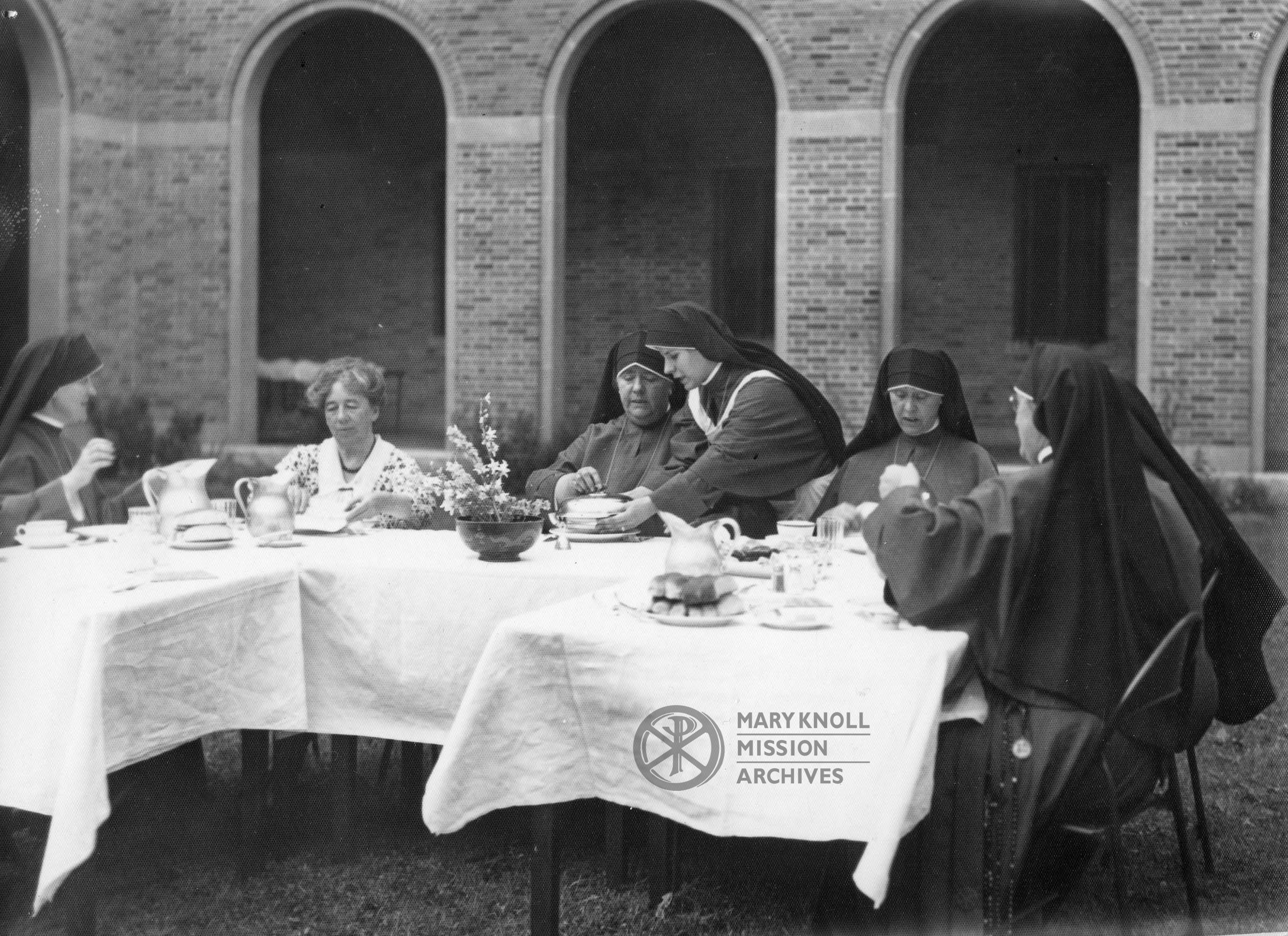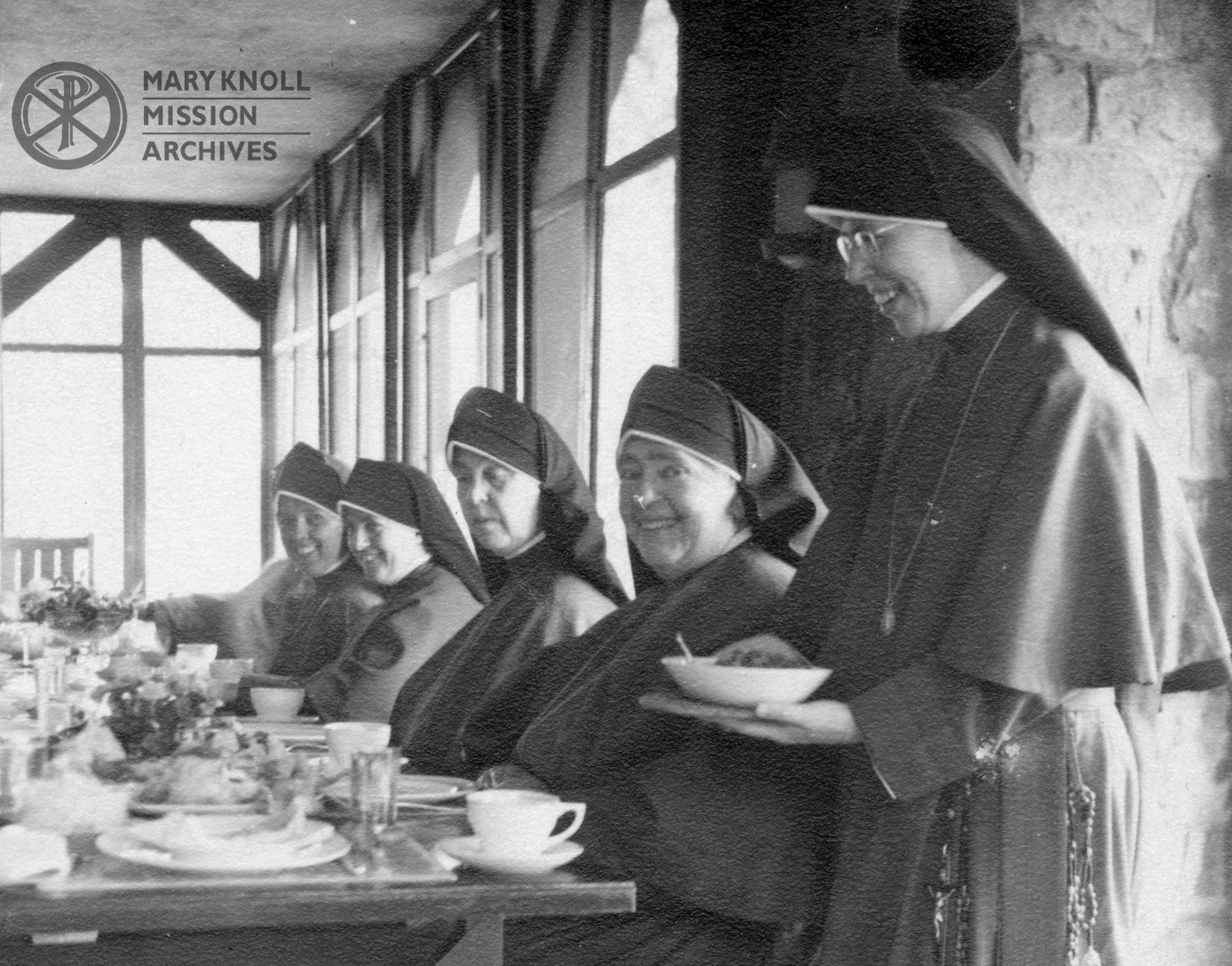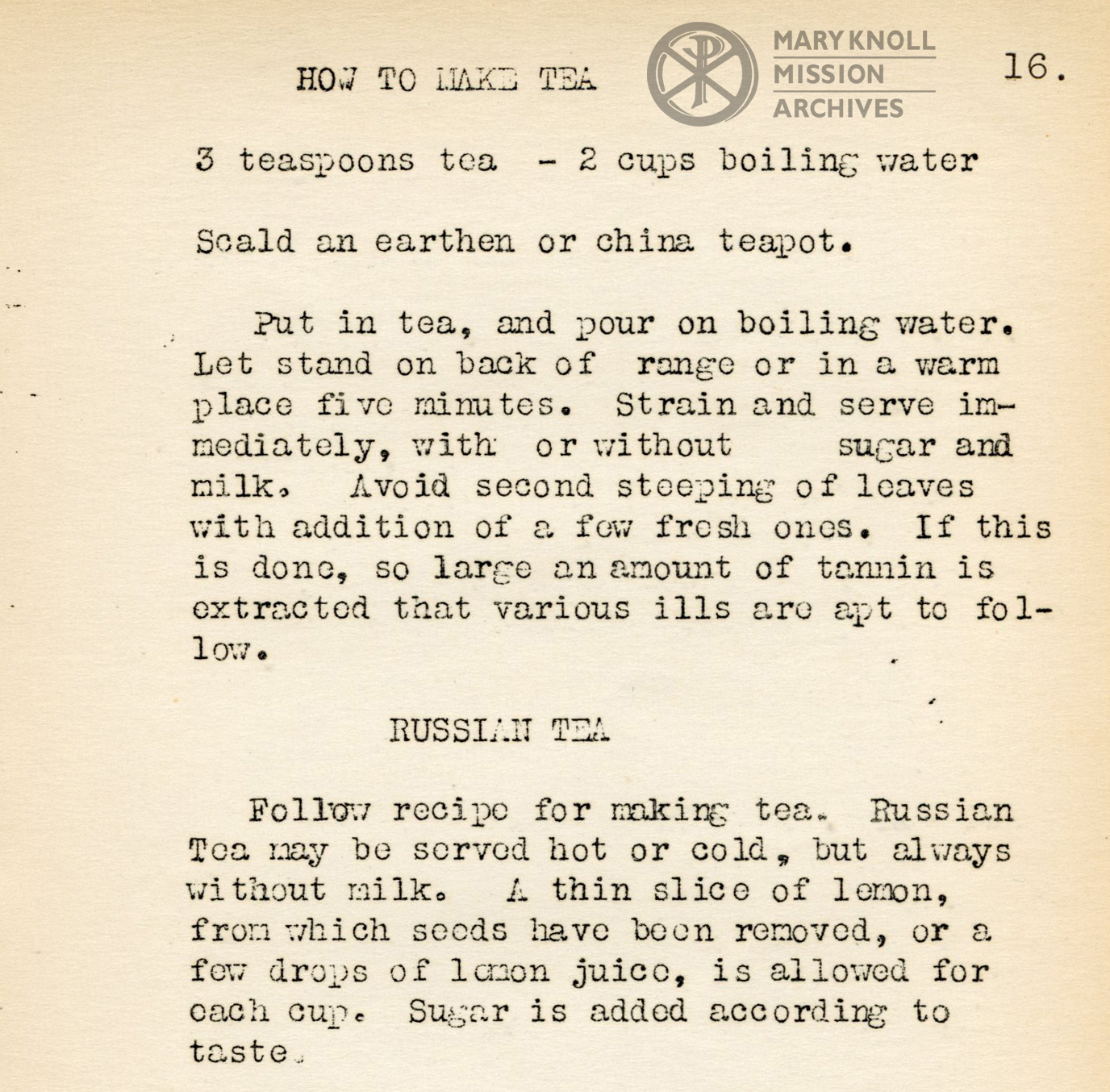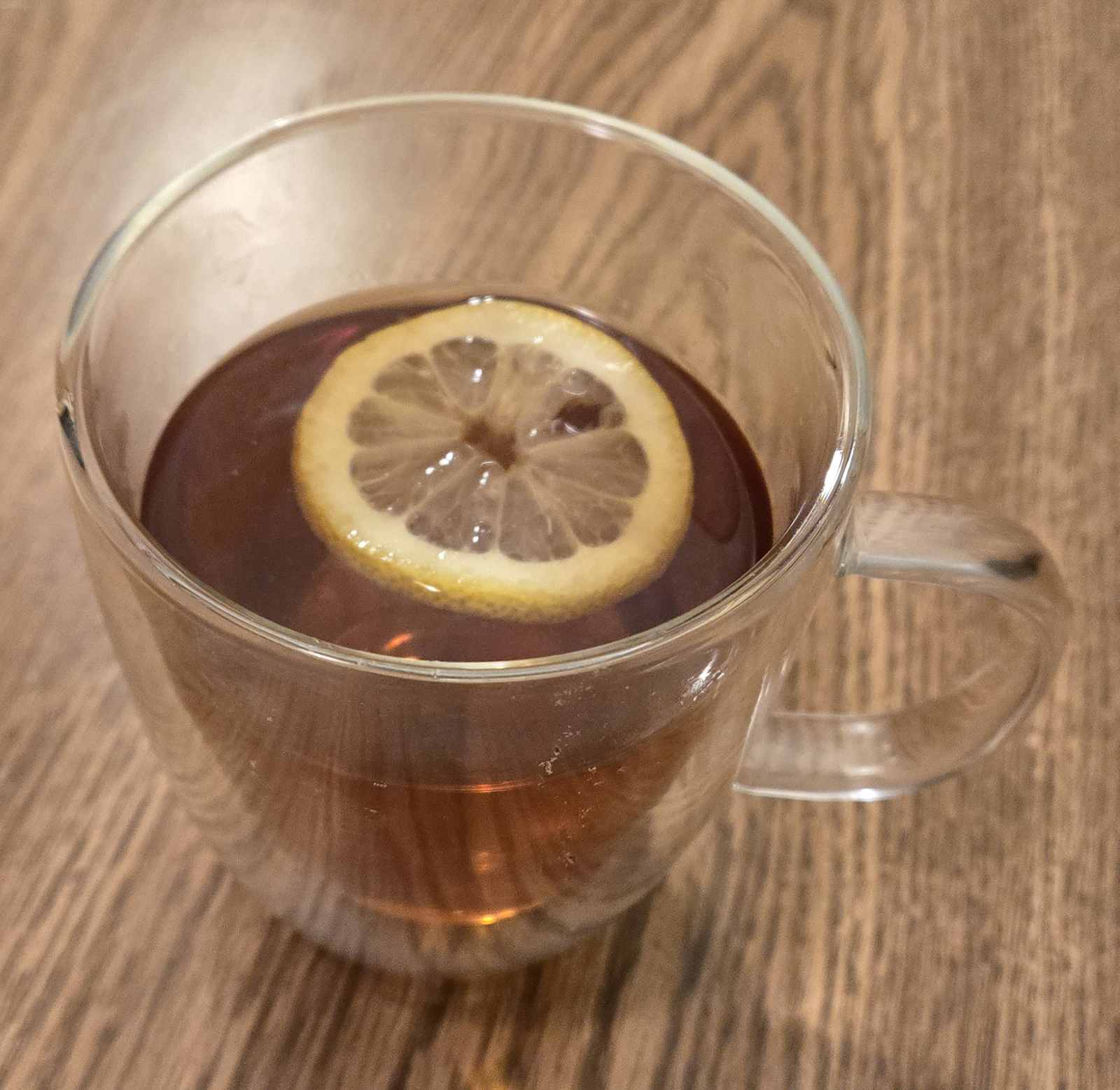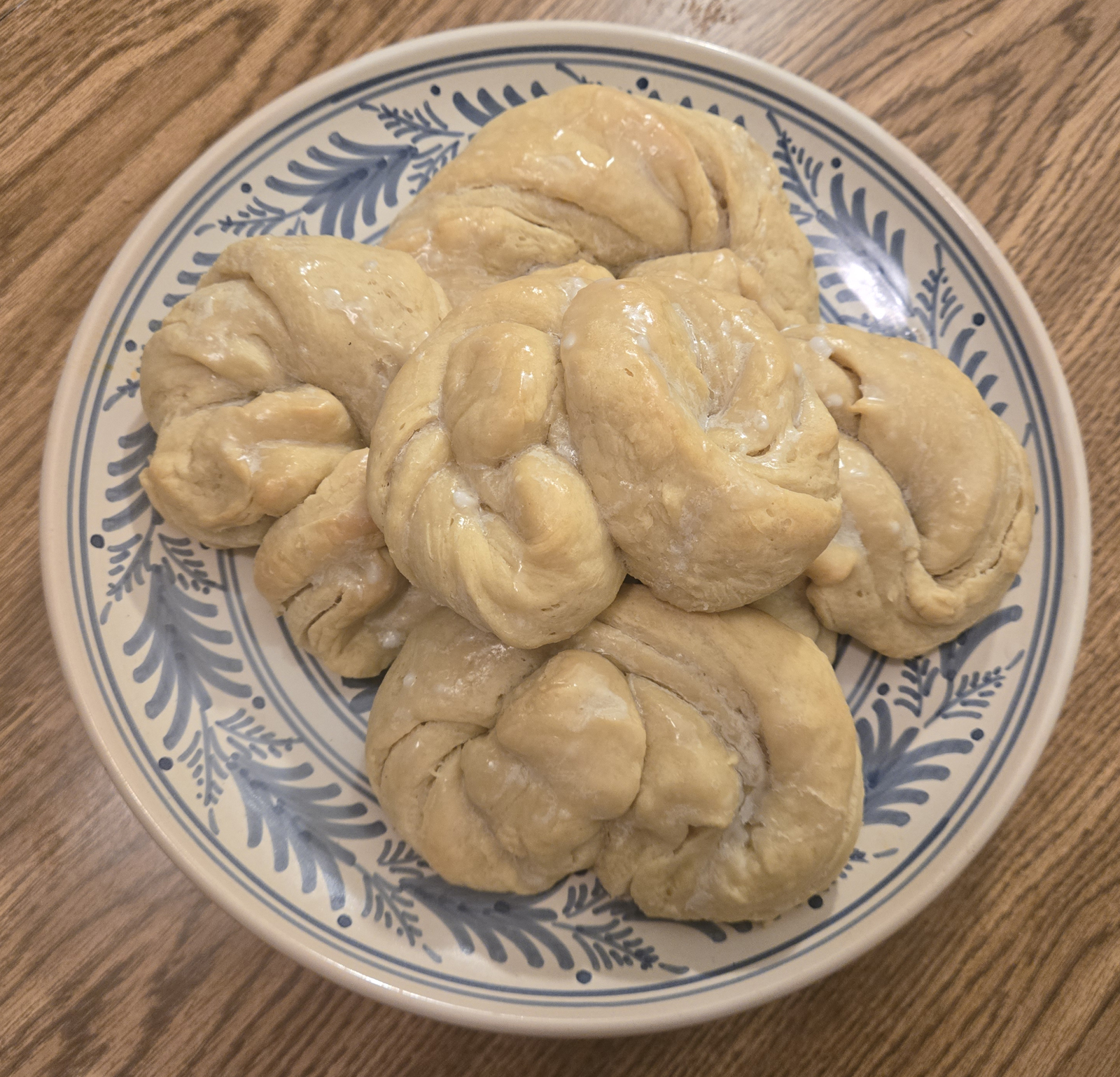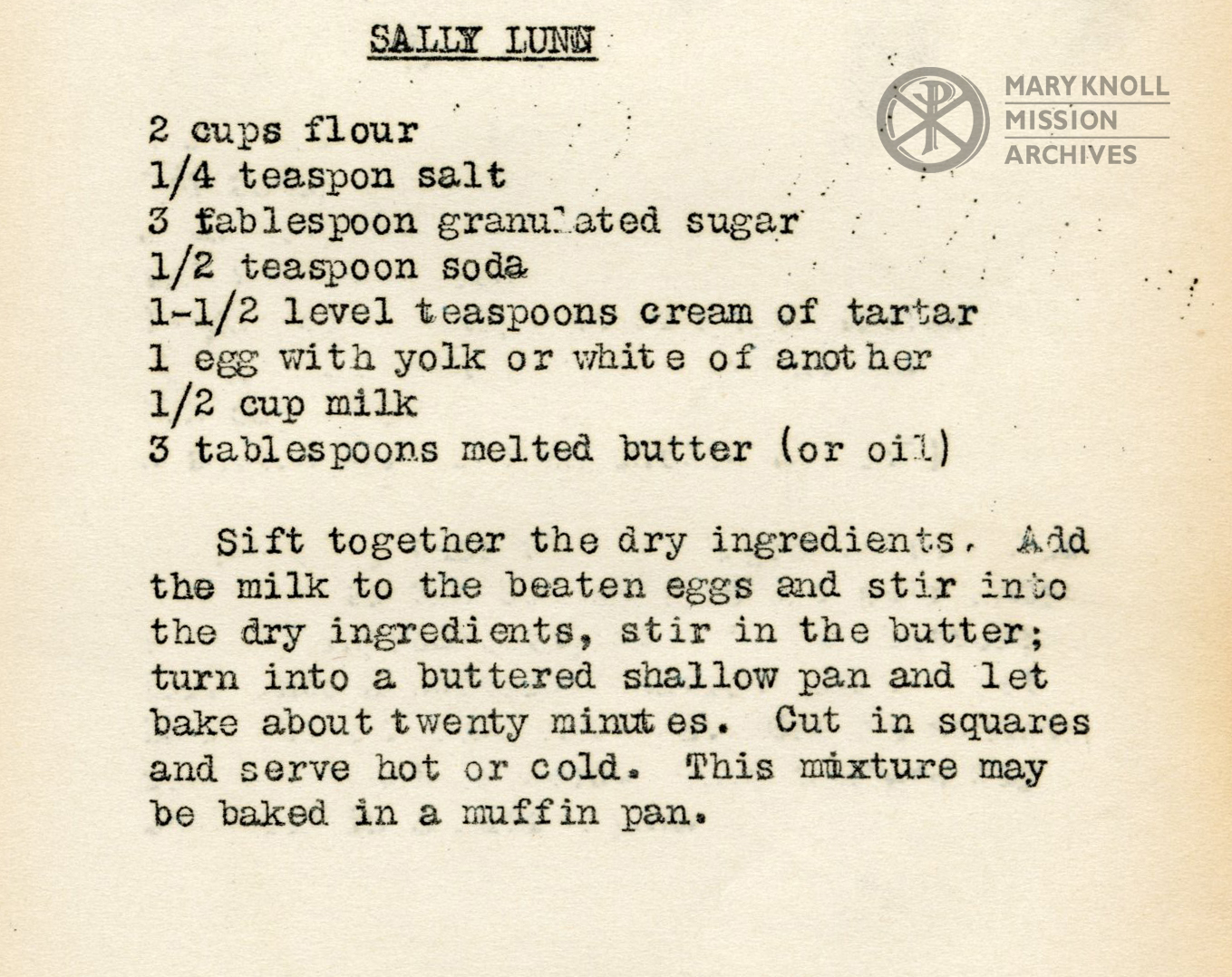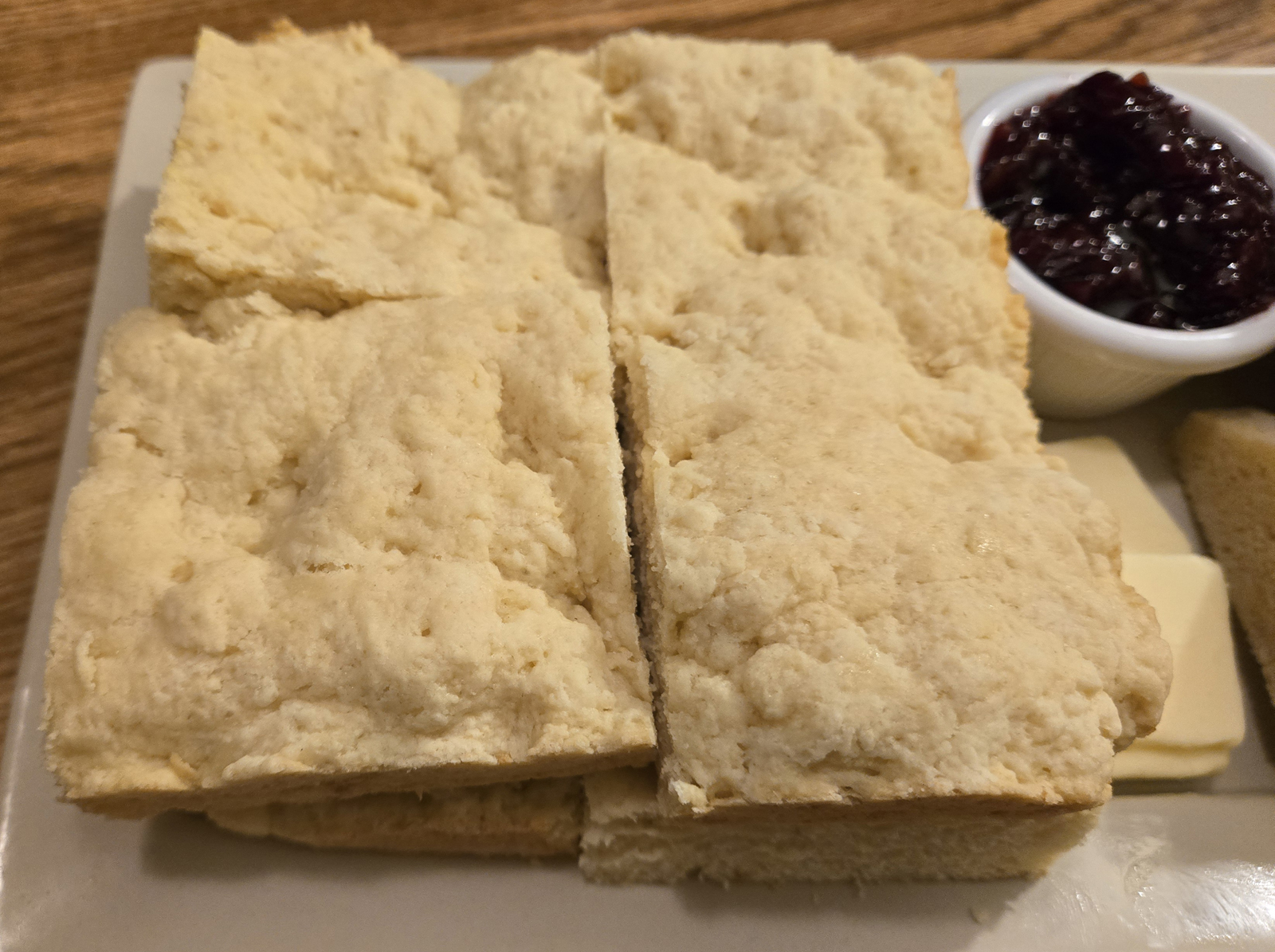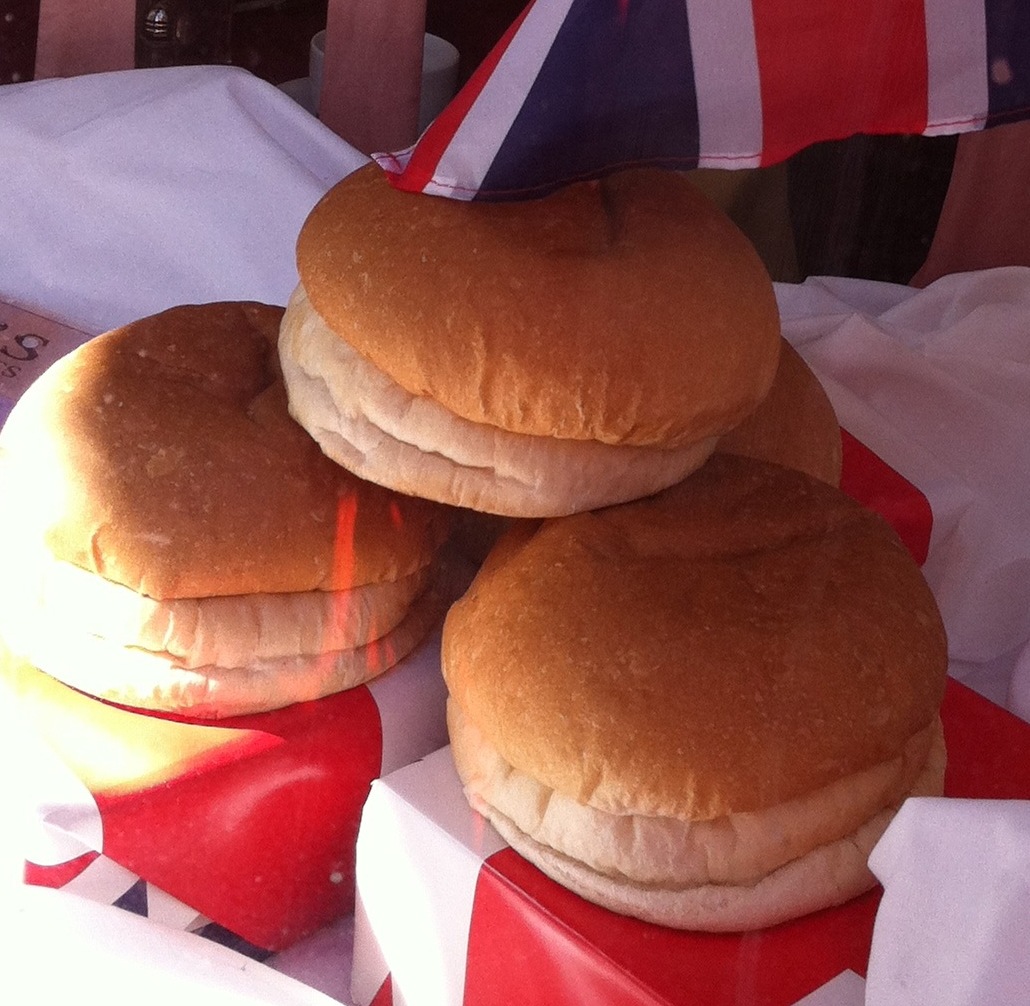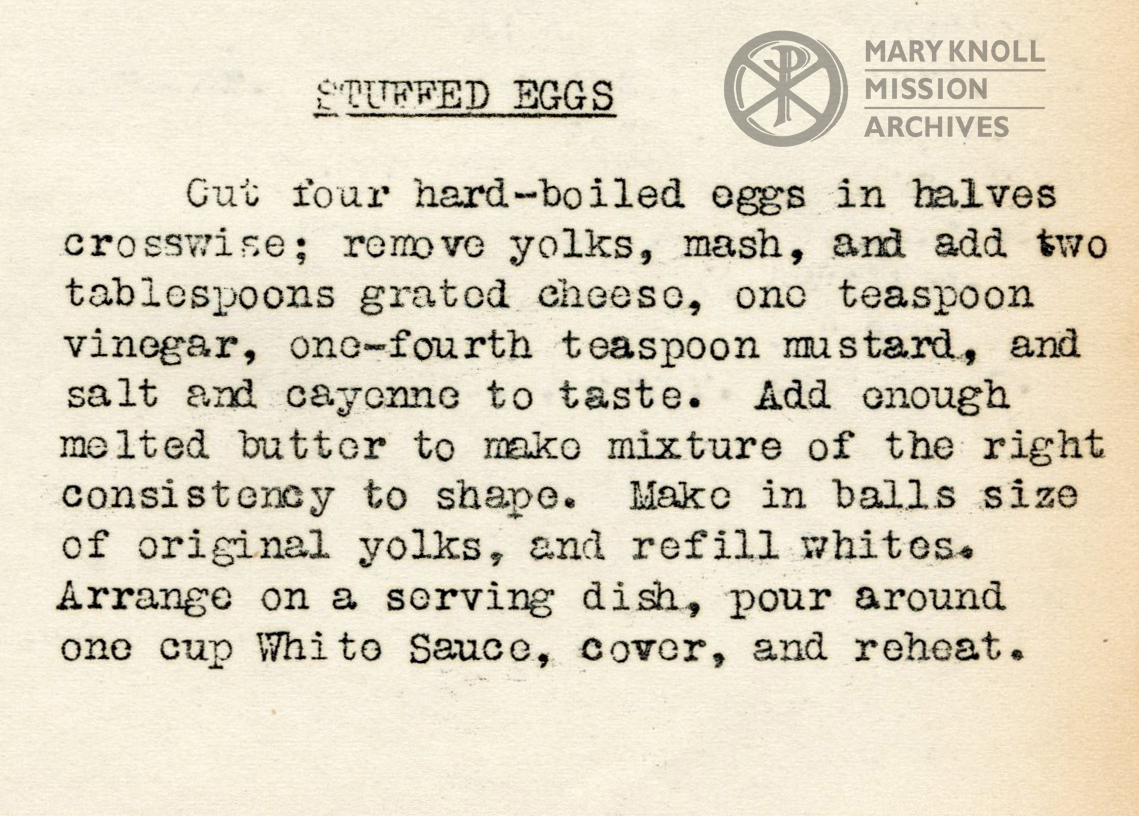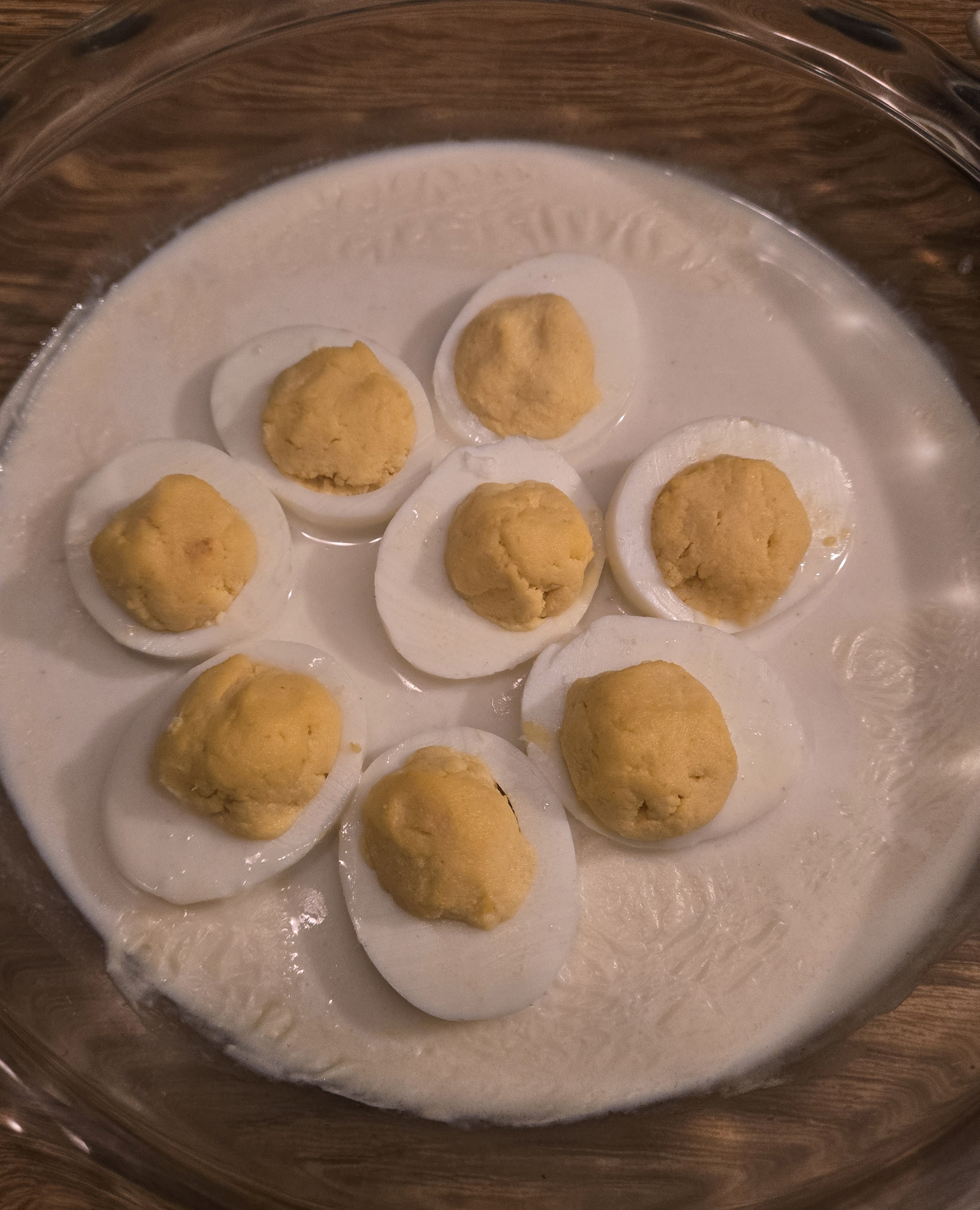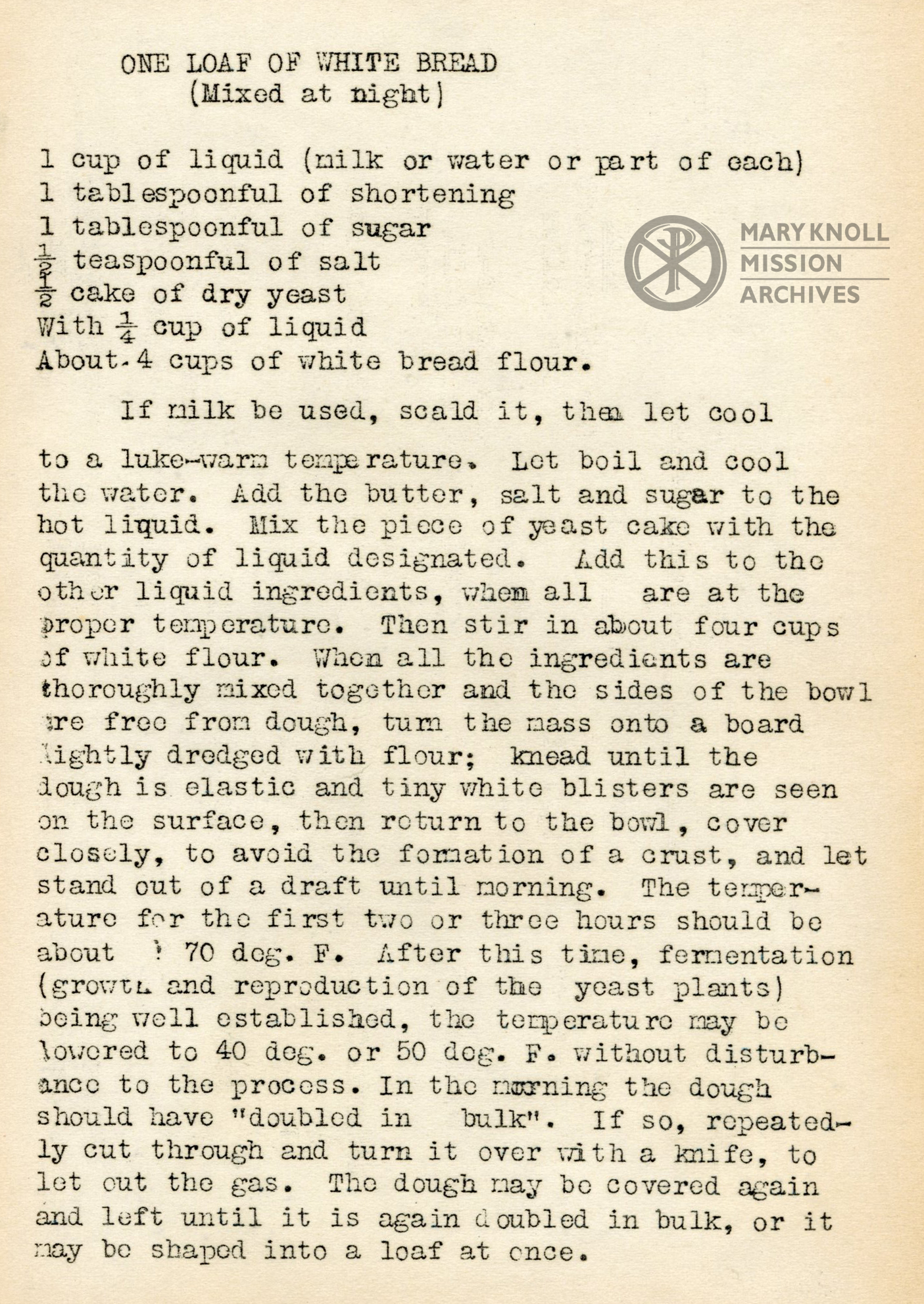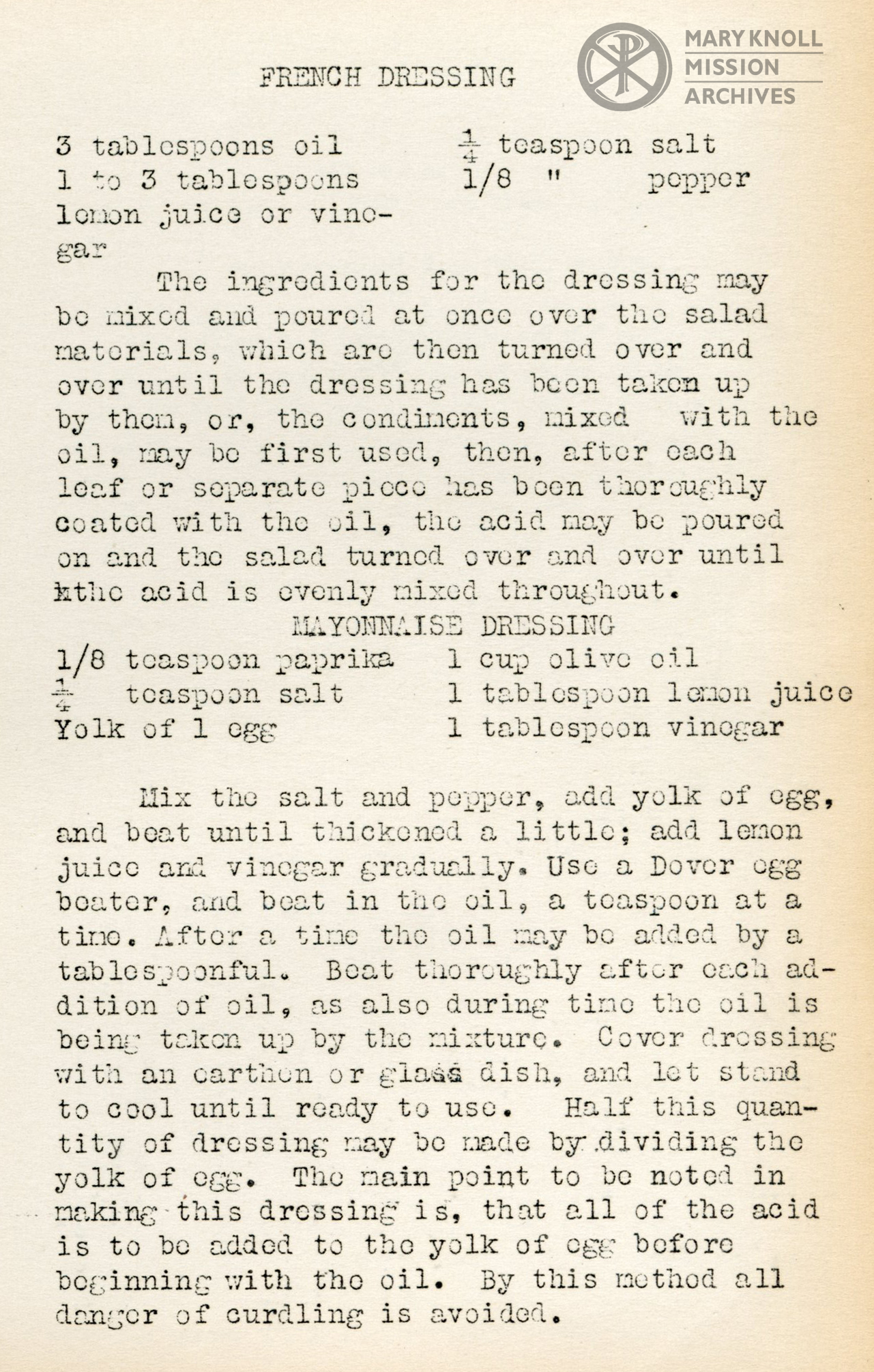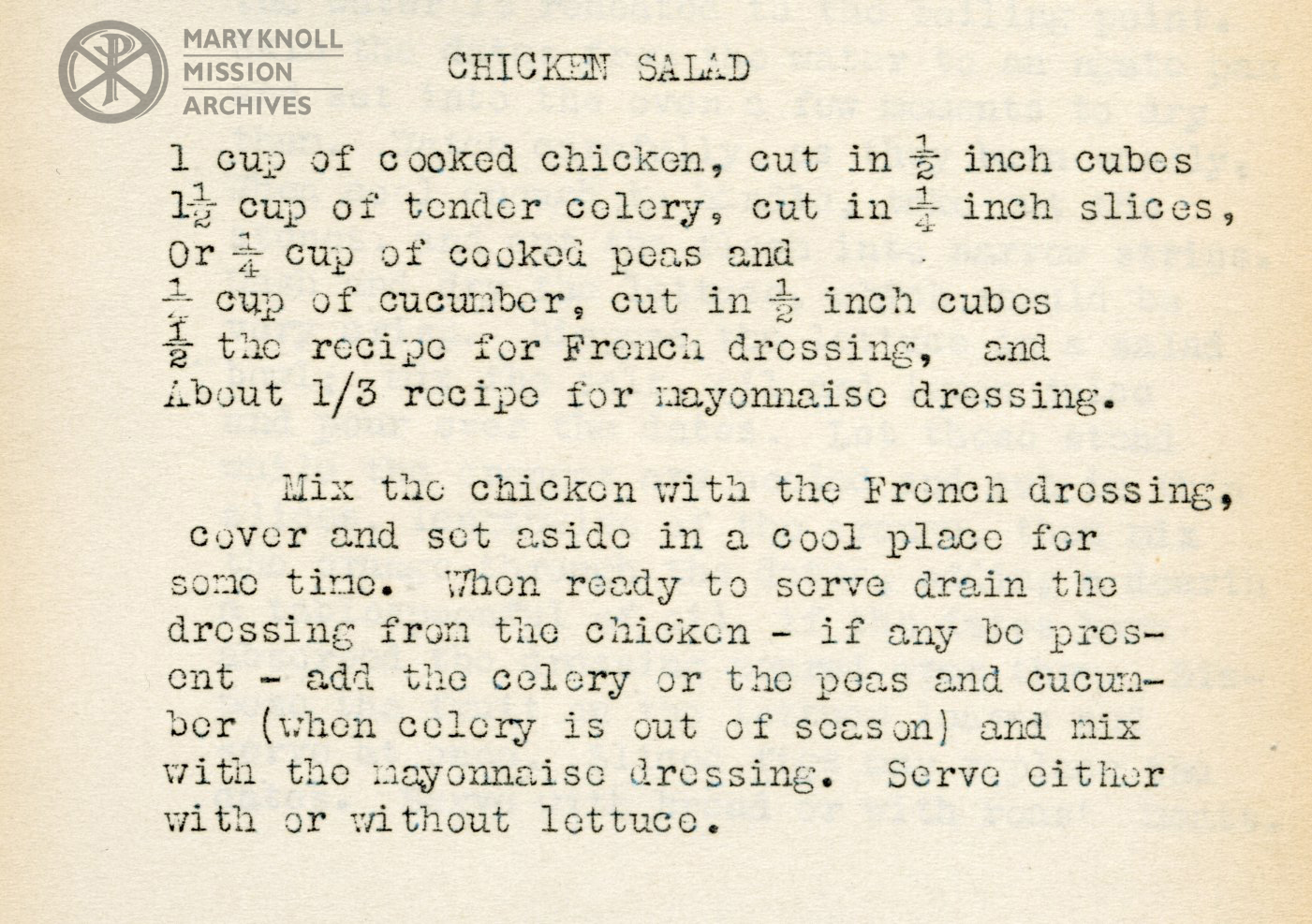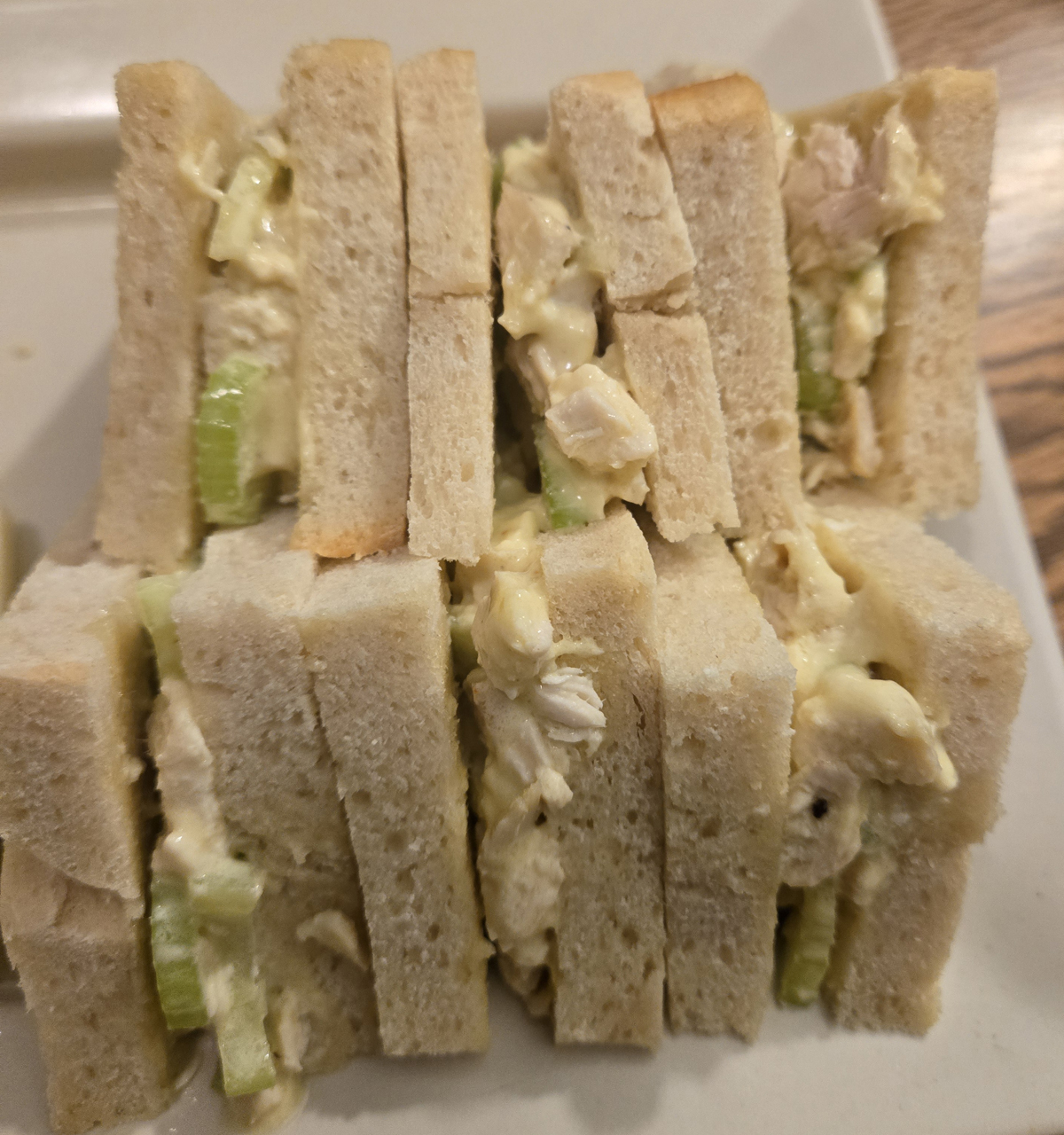Welcome back to another edition of Into the Kitchen with MMJ! Last time, we looked at winter-themed recipes great for a cozy night in. For this edition, we will be shifting away from the seasons and instead celebrate a special day: Mother Mary Joseph‘s Birthday! In celebration of MMJ’s 142nd Birthday, let’s have a Tea Party!
A Tea Party is a great way to get together and celebrate anyone’s birthday. MMJ and her fellow Sisters would often eat meals outside to enjoy the beautiful weather. For this tea party, I have gathered a number of recipes typically found at such occasions, including tea! Check out the full menu below.
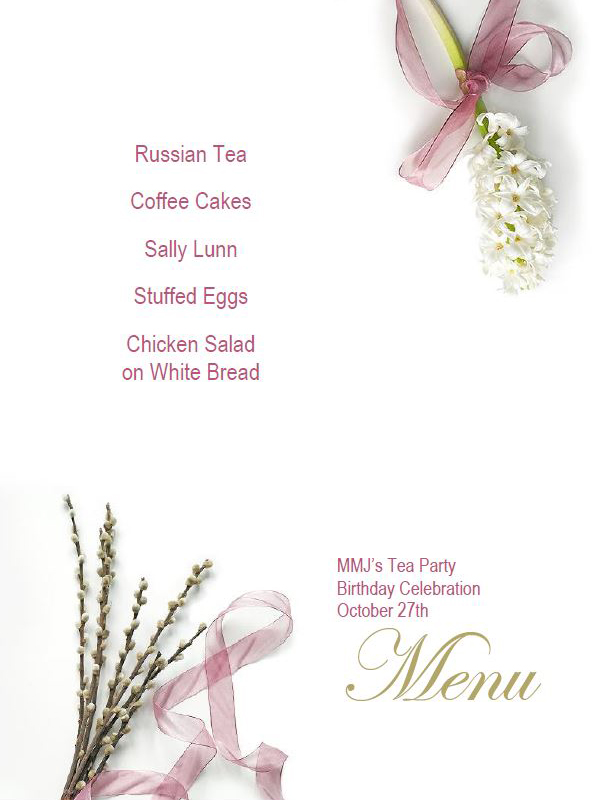
Russian Tea
What Did We Think?
How much is there really to say about this one? It’s tea, simple and well done. While MMJ’s recipe for tea making lacks the scientific nuance of modern day connoisseurs, it will get the job done. Sometimes all one needs is a simple recipe, perfect for a Tea Party.
As an avid tea drinker myself, I would say Russian Tea would be my go to. I have never been one to add milk to my tea, and I really appreciate the lemon here. I would usually like more lemon than a single slice, but actually the slight hint is quite balanced and easy to drink.
Chef’s Corner
There is never much to say with these simple recipes, so instead let’s learn some History!
I was curious why this specific recipe is considered “Russian Tea”, so I did some digging. I found that in the early 19th century, Russian Aristocrats and the elite would often have their tea served this way. It was typically a black tea, served with sugar, lemon, spices, and no milk. The association with Russia came from foreigners wanting to emulate the Russian upper-class, such as American urbanites attempting to be “fashionable”.
Coffee Cakes (Brioche)
What Did We Think?
This recipe contains a lot of yeast, and will have that distinct “yeast-y” taste to it. The dough itself isn’t too sweet, but the addition of the glaze really helps round everything out. The pastry is fluffy like a brioche-style bread, though not quite as eggy as a modern brioche. It would pair perfectly with a cup of coffee or tea.
Chef’s Corner
When I first looked at this recipe, it reminded me of making cinnamon rolls. The process and recipes are very similar, though with slight tweaks (and much more yeast). I went for the lemon flavoring for my coffee cakes, though I used the zest of 1 lemon instead of the extract. I find lemon extract to be overpowering at times, and lemon zest tends to give a more subtle and fresher flavor that I find better in a pastry.
When you are rising the dough before baking, be sure to keep the ambient temperature at around 70 F. My dough got too warm and the butter began to melt, and the dough over-proofed a bit. This made it harder to handle when doing the twists, and it would not stand up on top (which is why they are crescent shaped). As a side note: moderate oven usually means 350 F for baking.
Sally Lunn
What Did We Think?
A classic tea-time special from Bath, England… or at least an American interpretation of it. I will get into it more in my Chef’s Corner, but my attempt looks nothing like it should. Regardless, the real question is: how does it taste?
The answer is quite delicious! While it is definitely not the traditional Sally Lunn bun, the bread from this recipe is sweet, and surprisingly light. When I was making the batter, I figured it would turn out dense. However the leaveners work overtime to rise the dough. While the recipe does not have the classic look, it’s still a good treat, especially when paired with some jam and butter.
Chef’s Corner
So I think I clearly did something wrong when making this recipe, well I think anyways. When you look at what I made, it looks nothing like a classic Sally Lunn bun. I do believe the Americanized recipes tended to look different, but not as much as mine. While whatever I made was certainly tasty, I doubt it was the intended result for the recipe.
In an effort to figure out where I went wrong, I looked at other recipes. No one knows the real recipe used by Sally Lunn’s Tea Room, but many have attempted recreations over the years. In my research, it seems like MMJ’s ratios differ and she replaces yeast with baking soda as a leavener. Based on other recreations, MMJ’s recipes has less liquid, making the batter slightly stiffer (and thus it is not as smooth on top). If you want to recreate this recipe, I would use a few tablespoons more of milk.
The most important thing I learned is that the egg is used in two ways. MMJ’s recipe has “1 egg, with the yolk or white of another”. While her recipe does not state this, the extra yolk or white should be used as an egg wash and brushed on top, creating that signature brown color (which mine lacks).
I believe you will get more accurate results by baking these as buns in a muffin pan, at 400 F to help encourage browning. With all of these tips, you should be able to do much better than I in creating MMJ’s Sally Lunn buns.
Stuffed Eggs
What Did We Think?
Truth be told, I initially choose this recipe because I thought they were like deviled eggs. Upon closer examination when making the recipe, I learned they were nothing like that. Still, I wanted to try it and so I added a warm dish to our Tea Party.
Overall, I rather liked this take on eggs. As a chef, I have cooked and eaten eggs many different ways, but this was a new one to me. The cheese (I used parmesan) adds a nice salty element and the white sauce (a simple béchamel sauce) adds a creamy element. The flavors are reminiscent of deviled eggs, but instead of a fluffy, creamy yolk it is more dense and savory. I would definitely try making these again.
Chef’s Corner
This is another fairly straight forward recipe. While I used parmesan, I think any cheese could work here. The key is to make sure it is grated somewhat finely. I think good alternatives would be an aged cheddar or gruyere. I would also use about half the amount of white sauce. When eating the eggs, you are left with a lot of sauce left over that is not good for much else.
Chicken Salad
On White Bread
What Did We Think?
What Tea Party is complete without a couple of tea sandwiches? Looking through MMJ’s Missioner Cookbook, I searched for a few recipes I could turn into some sort of sandwich. For the bread, I choose the basic overnight white bread recipe. Then I chose MMJ’s Chicken Salad recipe, as it gave me a chance to make two of her dressing recipes.
All together, I think these recipes make a great sandwich, though I messed up quite a bit. I forgot to do a final rise on my bread after putting the dough in my loaf pan, and so I got a rather dense loaf. As well, I messed up the Mayonnaise recipe (more about that below), adding a bitter after taste to the Chicken Salad. I had to make several adjustments, but overall I think without my user error, the sandwiches themselves would have been good.
Chef’s Corner
For this section, I have quite a few notes so I will break them down by recipe. Hopefully you can learn from my mistakes when making them.
White Bread: This is the most detail oriented recipe of this edition, and with baking the details matter. If you knead the dough by hand, prepare for a workout as it will probably take about 15 to 20 minutes. Instead, I suggest kneading in a stand mixer for about 10 minutes. Be careful not to add too much flour, the dough will come together with time. When you go to form the loaf in the morning, the classic method is to spread the dough out into a rectangle and roll it before placing it in the loaf pan. My mistake was immediately putting it into a 350 F oven. Instead, allow the dough to rise again and about double in size, then bake the loaf.
French Dressing: This recipe is a classic French vinaigrette. The standard ratio for a salad is a 1:3 ratio of vinegar to oil. For my recipe, I used lemon juice and did the full 1:1, which I think was a little too acidic for the chicken salad. I would suggest doing a 1:3 ratio and using a more neutral vinegar, such as white wine vinegar. This will give a more rounded and subtle dressing to help accent the chicken.
Mayonnaise Dressing: My big mistake here is I used Extra-Virgin Olive Oil (EVOO) to make the dressing. The problem with EVOO when mixing it into a dressing is that it can get very bitter, particularly when using a high-speed blender. I would suggest using a light olive oil, or a neutral flavored oil like Canola oil.
Thank you for joining me for another edition of Into the Kitchen of MMJ! Hopefully you enjoyed our Tea Party and found a few recipes you want to try at home. I am definitely going to be recreating the Sally Lunn recipe, and this time I’ll get it right! I will see you all next time when I recreate more of MMJ’s recipes.

